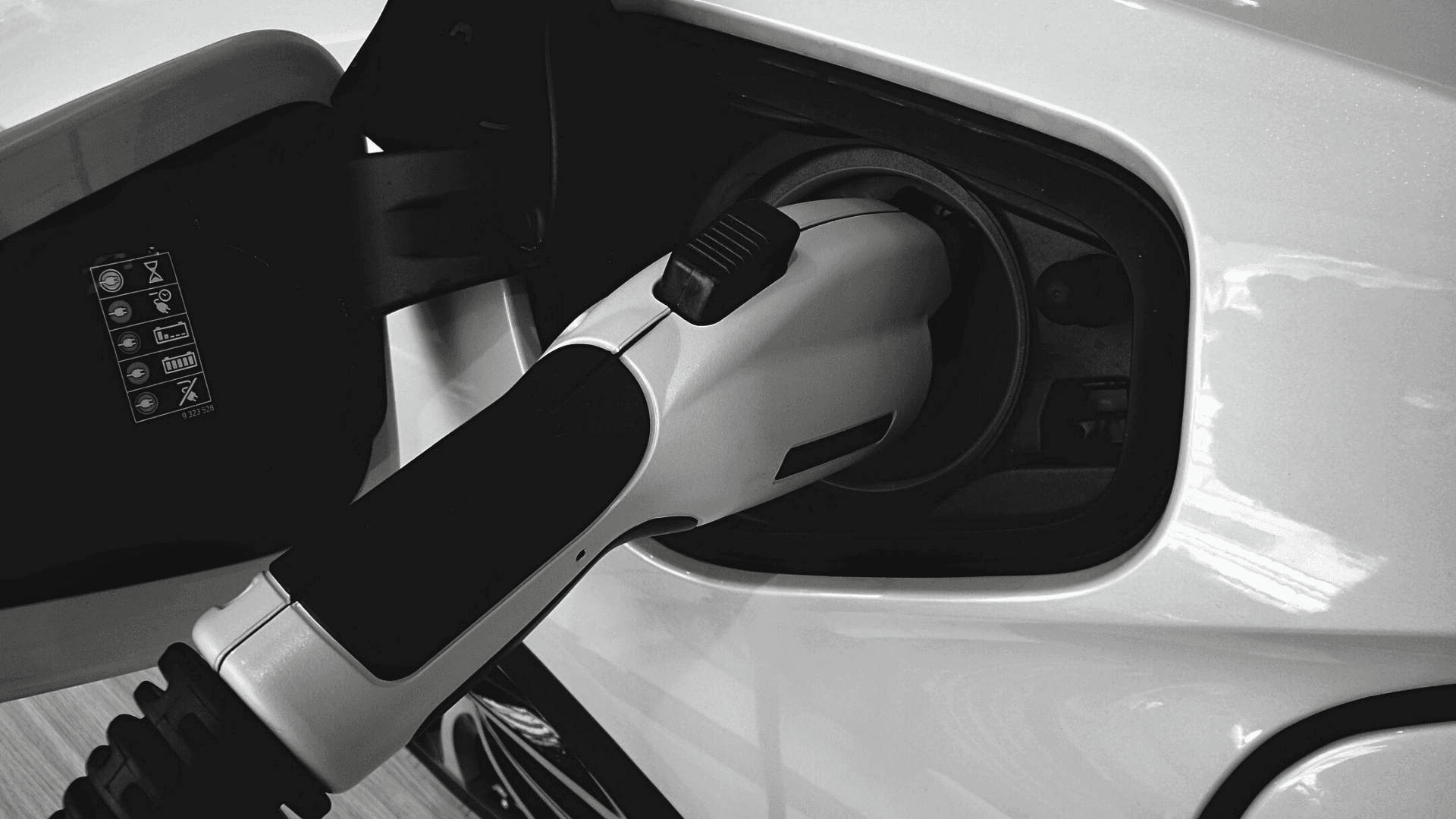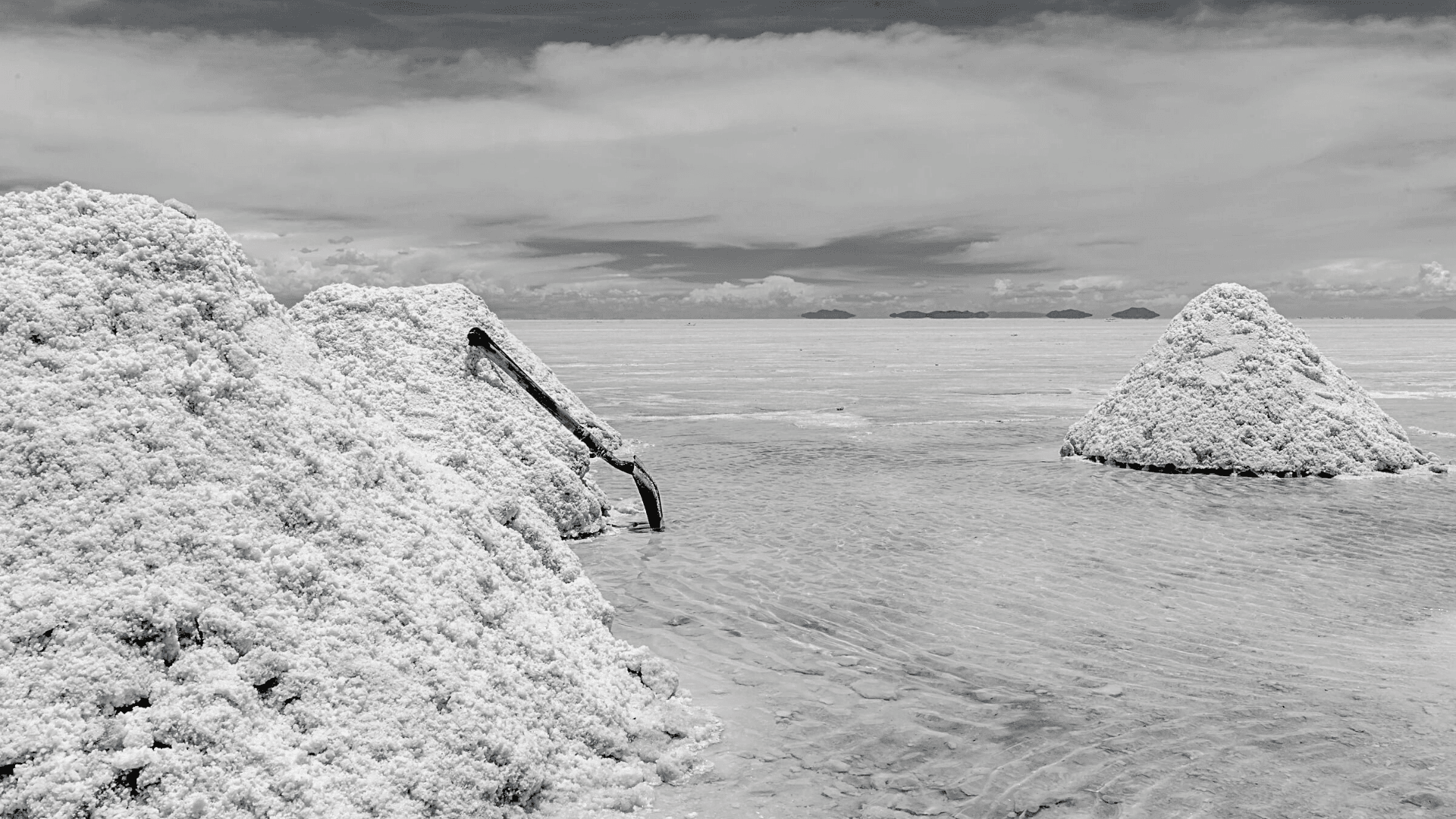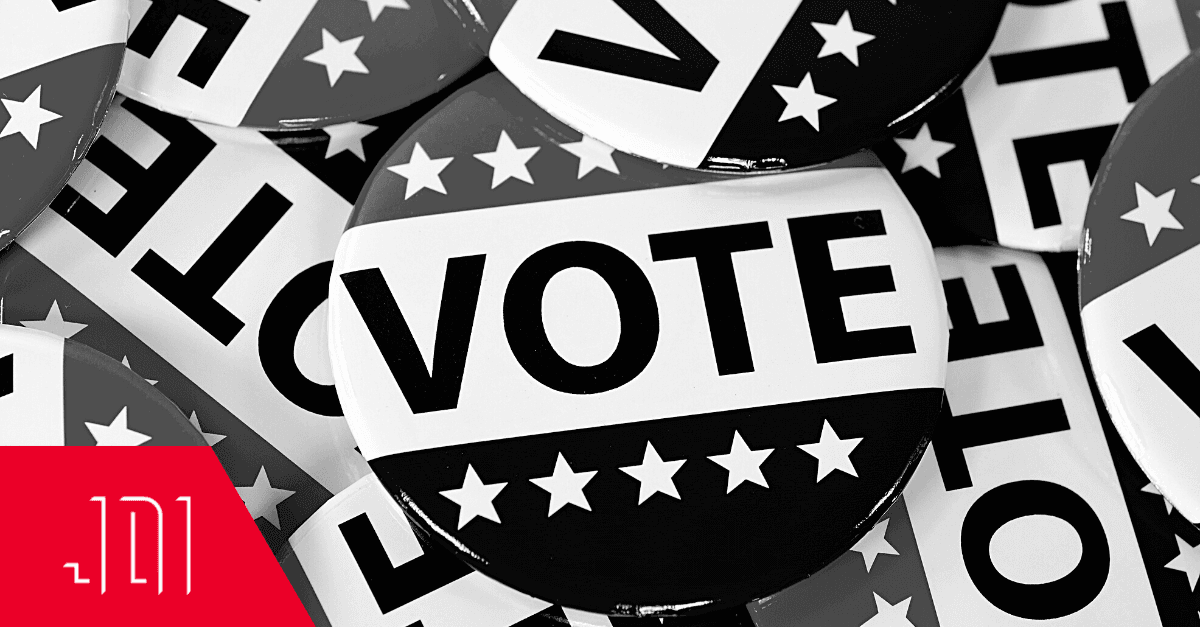The Future Runs on Lithium
Our use of lithium is more pervasive than we know: not limited to just phones, computers, avionics and electric vehicles. This hard-to-acquire metal appears in smart fridges, televisions and children’s toys. The price for lithium almost doubled between 2016 and 2021, and by some estimates, demands will increase 10-fold by 2030.

Likewise, if the past three years have taught consumers anything, it’s that they can’t trust the supply chain, especially when it comes to the raw materials needed for lithium-ion batteries. President Biden seems to agree. In 2021, he approved $2.91 billion in Department of Energy funding to address the problem. Unfortunately, that will barely scratch the surface of the problem.
When digging into what the Department of Energy outlines, the scope is staggering. The United States is woefully unprepared for the future, lacking ways to mine the materials, refine them, build the batteries, successfully install them in manufactured goods, collect them for recycling, and efficiently extract them at the end of device life.
Why Do We Need So Much Lithium?
Simply put, the future of green energy is bound to lithium. Most renewable sources of energy are subject to volatility from the natural cycles of the day, lunar phases and seasons. Solar energy needs a light source and turbines need wind or waves. At times when collection is low or nonexistent, users rely on stored energy to keep things running until the sun comes up or the wind starts blowing.
To be clear, our current sources of energy — natural gas, coal and hydroelectrics — also rely on stored energy. The current system utilizes storage in periods of over-production, during scheduled outages and in emergency situations. However, most systems are built on kinetic energy storage like compressed air, stored water, or molten salt batteries, all of which are less efficient than lithium per kilowatt.
Green energy is here, and as the power grid moves to a more cyclical style of production, demand will increase for stored energy, meaning massive-scale lithium batteries. Lithium is safer, longer-lasting and more efficient than legacy battery technologies, and ultimately cheaper than the alternative.
Consumer goods are also seeing a heavier dependence on lithium. In the personal electronics sector, average users replace their phone every two to three years, and a laptop every three to five. Users also want smaller, more powerful devices that last longer, leading to higher quality batteries and sealed electronics.
For personal electric vehicles, each car requires about 8kg of lithium to manufacture the battery (alongside nickel, manganese and cobalt). Currently, electric vehicles account for less than 5% of all vehicles on the road, but 2035 is the goal automakers are setting for themselves, with GM and the US government pledging to go all electric at that point. Adoption of EVs is driven by a continuation of current user experience: when charging becomes easier, demand will spike.
How Are We Going to Get Enough Lithium?
Lithium can be recycled from batteries with 90% or greater efficiency, however, it needs to be a higher priority in e-waste recycling. In the United States in particular, electronics recycling happens very infrequently: with only 15–20% of all e-waste getting collected to be recycled. Right to repair legislation would make recycling more efficient and easier for consumers to do, but heavy metal reclamation in e-waste is still uncommon in the United States.
Most of the lithium the world uses comes from China, Bolivia, Australia, and Chile. There are two primary methods of extraction: hard rock extraction and evaporation. Traditional mining methods have fallen out of favor, with lithium brine extraction being far cheaper. However, there has been a history of environmental repercussions, with hydrochloric and sulfuric acid polluting water and soil.

Currently, there are plans to build open pit mines in Thacker Pass, Nevada and Ottawa, Canada, to mine spodumene, a mineral high in lithium oxide, to be refined on site into usable lithium. This would begin to address the lithium needs of North America, but pit mines have a history of being terrible for the regions they operate in. Despite efforts for mines to be carbon neutral and more sustainable, mining operations still contaminate groundwater and leave lasting impressions on the land that they are built on.
However, in the Salton Sea, researchers from Berkeley National Labs have been conducting experiments on the geothermal brine that is used at the Imperial Valley Geothermal plants. Geothermal electricity is using the superheated liquid from beneath the Earth’s crust to drive turbines and provide power for the electrical grid. Researchers found that there is, in low concentrations, lithium present in the geothermal brine. In tandem with Controlled Thermal Resources, a Berkshire Hathaway energy project, BNL seeks to extract the lithium with minimum impact.
Their innovation, which they are currently working to scale, would extract the lithium from the geothermal brine, without using evaporation ponds. This process would use less land, and reduce the risk of harmful byproducts leaching into the surrounding soil and groundwater. After the lithium is extracted, just like with traditional geothermal energy, the brine is pumped back down the well to not upset the natural equilibrium.
This extraction process has the potential to be a key to our future. In the near term, lithium needs to be reintroduced to the electronics ecosystem at a substantially higher rate. Lithium is a crucial part of humanity’s battery technology, and a cornerstone of our green energy programs. If America is to modernize their energy systems, lithium, and a great quantity of it, will be a crucial part.



